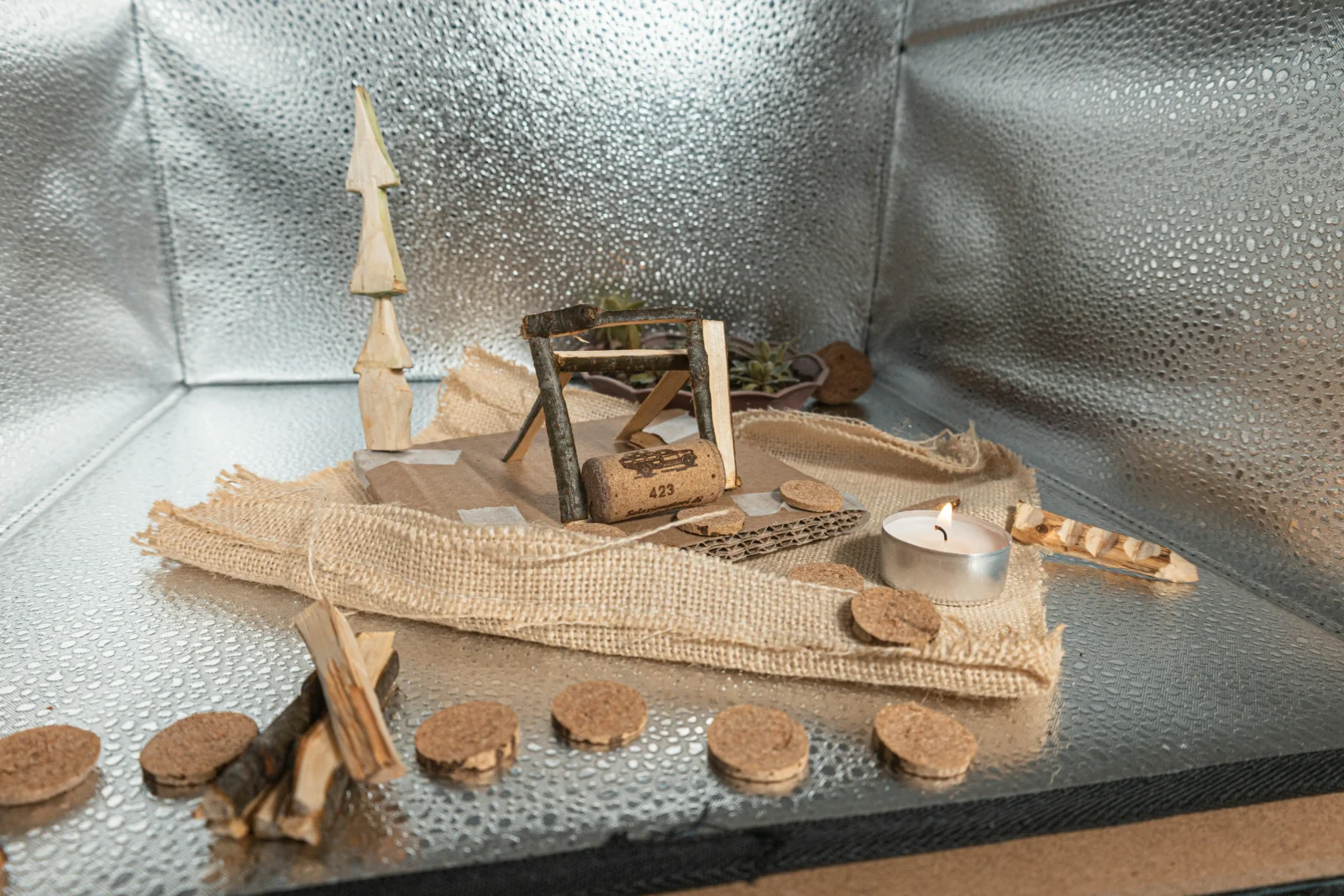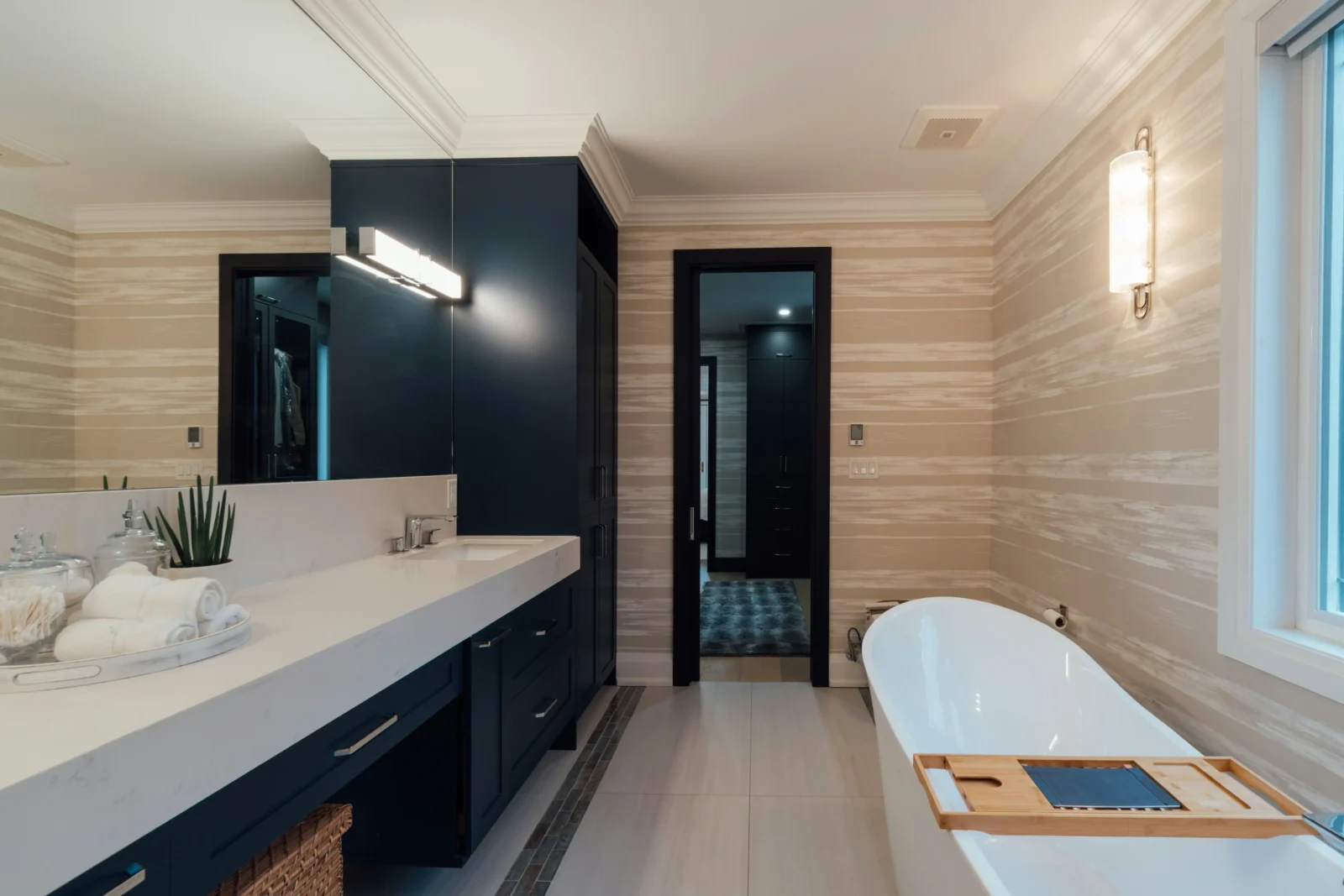- Home
- Articles
- Architectural Portfolio
- Architectral Presentation
- Inspirational Stories
- Architecture News
- Visualization
- BIM Industry
- Facade Design
- Parametric Design
- Career
- Landscape Architecture
- Construction
- Artificial Intelligence
- Sketching
- Design Softwares
- Diagrams
- Writing
- Architectural Tips
- Sustainability
- Courses
- Concept
- Technology
- History & Heritage
- Future of Architecture
- Guides & How-To
- Art & Culture
- Projects
- Interior Design
- Competitions
- Jobs
- Store
- Tools
- More
- Home
- Articles
- Architectural Portfolio
- Architectral Presentation
- Inspirational Stories
- Architecture News
- Visualization
- BIM Industry
- Facade Design
- Parametric Design
- Career
- Landscape Architecture
- Construction
- Artificial Intelligence
- Sketching
- Design Softwares
- Diagrams
- Writing
- Architectural Tips
- Sustainability
- Courses
- Concept
- Technology
- History & Heritage
- Future of Architecture
- Guides & How-To
- Art & Culture
- Projects
- Interior Design
- Competitions
- Jobs
- Store
- Tools
- More
The Overlooked Importance of Counting Technology in Architectural Model-Making and Fabrication

It is midnight before a final review. Laser cut sheets are stacked, resin prints are curing, and someone is still hand counting one millimeter rods for the facade screen. Morning arrives and the model is missing two pieces on the south elevation. The work is beautiful, the mistake is small, and the critique starts with a question you cannot answer.
Model making fails on details that should be simple. Kits for studio, competition, or client demos live or die on exact quantities of tiny parts. When counts are guessed from weight or done by eye, you invite short packs, rework, and blown budgets. The same risk hides in fabrication shops that assemble sample walls and mockups where a single missing fastener can stop a day of work.
Counting technology fixes a problem most teams forget to name. Optical counters and smart presets move micromaterials in a clean single file stream and close each bag at a verified number with a time stamped record. That gives architects and fabricators a calm baseline. You stop losing minutes to guesswork and you stop losing trust to small errors that show up under bright lights.
This article shows how counting tools change daily practice in studios, university shops, and professional fabrication labs. You will see when piece counting beats weight, how to tune flow so delicate parts do not double, and how to log results so purchasing and QA can defend the budget. We will finish with a short checklist and a simple cost model you can run on your next project.
If you want models that travel safely, kits that open cleanly, and budgets that match the invoice, you are in the right place.
Table of Contents
ToggleWhy piece counting beats weight for models and mockups
Studios and shops often infer counts from a gram target. It feels fast until the parts are small, coated, or mixed across suppliers. Unit mass drifts with moisture, primer, and resin cure, so a perfect gram value can still hide a short pack. When the promise is a piece count, only a small parts counter that stops at the exact number removes that risk.

Consider a facade screen kit that must contain one hundred rods. The average rod weighs half a gram, yet a five percent spread is common after sanding or paint. A packet filled to fifty grams may close at ninety seven pieces for a heavy mix and one hundred three for a light mix. Both packets look correct on the scale and both fail the promise when you assemble under deadline.
Fabrication labs see the same effect with micro fasteners and spacers. A packet labeled fifty screws by mass will pass receiving, then stall an installation because the true count is forty nine. The cost is not just a missing screw. It is a crew that stops, a lead who searches for blame, and a schedule that slips while the room waits.
Piece counting creates a clean control variable. The bowl singulates, the optical gate sees one part as one event, and the preset closes at the exact quantity. Your record shows time, lot, operator, and count without an extra step. Purchasing can reconcile stock without detective work, and QA can defend a model budget when questions arrive after a client demo.
There is a second benefit that lives in the budget. Weight based safety margins look small in a single packet and become real money across a semester or a project. If you add two percent to avoid shorts on a run of five hundred kits with one hundred items per kit and an average value of two euro cents per item, the silent giveaway reaches two hundred euro. A counter that closes on the number eliminates that leak and keeps your bill of materials honest.
When models travel or mockups go on site, the log matters as much as the count. Time stamped presets give you evidence that the kit left the bench complete. If a packet opens short on location, you can separate a real supply issue from a handling mistake and fix the right problem fast.
How to tune flow for delicate model materials
Thin rods, etched brass, styrene strips, and micro fasteners behave differently in a bowl. The goal is a calm stream that reaches the sensor in single file without pairs or chips. You get there by balancing geometry, motion, and surface finish so parts fall into order rather than being forced.

Start with the smallest pieces in the kit. If they travel cleanly, larger items will follow the same path. Reduce amplitude until the last hand width before the sensor shows a steady ribbon, not bursts followed by pauses. A gentle throat that is just wide enough for one item and about one item length long will discourage shoulder to shoulder travel.
Track finish is a quiet lever. Where stacks tend to form, polish a short patch so the top piece slips back into the stream. Where items skate and arrive too fast, add a matte patch that increases grip and slows the cadence without causing jams. Use one change at a time and confirm with a short test so cause and effect stays clear.
Flat or fuzzy materials need special attention. Laser cut basswood sheds fine dust that can blind a window and reduce true counts. Pre clean with a soft brush and a vacuum, not compressed air that sends fines back into the flow. Styrene strips pick up static and cling to rails or jump lanes near the gate. Ground the bench, switch to glass or metal containers, and keep room humidity in a middle band to calm charge.
Burrs create false doubles. Etched brass often carries tiny edges that ride on each other for a few centimeters, then separate at the last moment. Introduce a shallow S curve before the sensing point to break small trains. If you still see pairs in the final approach, narrow the lane slightly and retest at the same feed until the pair rate drops.
Use two quick metrics to keep tuning honest. The double rate equals visible pairs in the last few centimeters before the sensor divided by total items in that sample. The jam rate equals operator touches divided by minutes of run time. Keep a small chart at the bench with items per minute beside these two ratios. When either rises, wipe the window, reduce amplitude one step, and retest for two minutes.
Finish with a start of run acceptance test. Mix a handful from the lot, run at intended settings for two minutes, and record items per minute, visible doubles, and any stops. Save these numbers with the job code. On the next changeover an assistant can reach the same clean flow in minutes, and your kits leave the bench with counts you can defend.
Logging that closes the loop between the bench and purchasing
What to record so you can defend the budget
Reliable counting becomes valuable when it creates evidence. Capture the same fields every time so anyone can read the story later. Project code, kit identifier, material type, lot or batch, preset count, actual count, timestamp, operator, and any exception notes. Add a short acceptance test note for each run that lists items per minute, visible doubles near the sensor, and any stops. This is enough for a studio to trace missing pieces and for a fabrication shop to satisfy a client or an internal audit.
How the log solves real problems
When a model arrives on site and a packet opens short, the log lets you separate a supply issue from handling loss during transport. If rework appears often on a particular material, you can scan the acceptance notes for rising doubles or frequent stops and fix the cause instead of arguing about the symptom. Purchasing can reconcile invoices to kits completed because the count is recorded at the moment of pack rather than estimated from weight.

A simple way to integrate without heavy systems
Begin with a shared folder that holds comma separated files. One file per job is enough. Each line equals one preset completion with the fields in the same order. Most studios already track project codes and kit identifiers in a spreadsheet. Link the counter file to that sheet and you have a living inventory that updates as work happens. When the flow is stable, map the same fields into your shop software or a light warehouse tool.
Cost model for a university studio
Assume five hundred kits in a semester, one hundred items per kit, average value two cents per item, and a two percent safety margin when filling by weight.
Giveaway saved equals unit value multiplied by items per kit multiplied by safety margin multiplied by kits.
Two cents times one hundred equals two.
Two multiplied by zero point zero two equals zero point zero four.
Zero point zero four multiplied by five hundred equals twenty.
That is twenty euro of giveaway avoided in one semester.
Now include time. If a preset removes ten seconds of top ups per kit, that is five thousand seconds per semester. Divide by three thousand six hundred to get one point three nine hours. At a student assistant rate of twelve euro per hour, time saved is about sixteen euro. The total is thirty six euro saved before you count fewer complaints and less emergency material buying. The number is small, but it repeats every semester and the log reduces stress during reviews.
Cost model for a professional shop
Assume two thousand kits per year, five hundred items per kit, average value five cents per item, and a two percent safety margin under weight filling.
Giveaway saved equals zero point zero five times five hundred which is twenty five.
Twenty five times zero point zero two equals zero point five.
Zero point five times two thousand equals one thousand euro per year.
Add labor. If presets and fewer checks save thirty seconds per kit, thirty seconds times two thousand equals sixty thousand seconds. Divide by three thousand six hundred to get sixteen point six seven hours. At twenty euro per hour that is about three hundred thirty three euro per year.
Add quality. If short pack complaints drop from three percent to near zero, that avoids about sixty fixes on two thousand kits. At ten euro per fix, quality savings equal six hundred euro.
Total annual benefit equals one thousand plus three hundred thirty three plus six hundred which is one thousand nine hundred thirty three euro.
If the counting device and accessories are amortized at one thousand five hundred euro per year, the net is about four hundred thirty three euro positive in year one. In year two the same process improves further as recipes and acceptance tests shorten changeovers and reduce waste.
These are conservative numbers. If your item value or kit size is higher, or if current rework is frequent, the improvement grows quickly. The point is not just the euro total. It is the removal of small, unplanned delays and the creation of a record that ends debates.
Conclusion and next steps
Models and mockups fail when simple counts go wrong. Switch the control variable from grams to pieces and the risk shrinks. A calm single file flow into a reliable optical gate closes each packet at the exact number and writes a record you can defend.
Make it real on your next project. Choose two kits that often need top ups. Run twenty packets by preset piece counting and twenty by weight using the same nominal quantity. Include time for label steps and any fixes. If shorts fall and time per packet drops, publish the method, save a simple recipe, and make a two minute acceptance test part of every shift.

If you want a proven starting point, evaluate an optical counter such as Elmor C1 for tiny rods, strips, and micro fasteners. Add a gentle throat before the sensing point, ground the bench to calm static, and keep a simple log that links each preset to the job code. Your models travel with confidence and your budgets stop leaking in grams.
FAQ
Why is piece counting safer than weight in model making
Because unit mass drifts with moisture, primer, and supplier mix. A gram target can look correct while the true count is short. A preset piece count closes exactly at the promised number and records it.
What size range do optical counters handle for studio parts
Most devices that serve seed and micro parts cover sub millimeter pieces up to around one to two centimeters. Always validate with your smallest and most awkward items before you commit.
How do we prevent static and dust from causing errors
Ground the table, avoid plastic cups, and keep room humidity in a middle band. Brush and vacuum dusty materials before counting and wipe the sensor window on a schedule rather than only after trouble appears.
How should we log results without heavy software
Export a simple comma separated file with project code, kit ID, material, lot, preset count, actual count, time, and operator. Link that file to your existing spreadsheet so purchasing and QA see live numbers.
What is a fast acceptance test we can train to
Mix a handful from the lot, run two minutes at intended settings, and record items per minute, visible doubles near the sensor, and any stops. If doubles rise or stops appear, clean the window and reduce feed one step, then retest.
illustrarch is your daily dose of architecture. Leading community designed for all lovers of illustration and #drawing.
Submit your architectural projects
Follow these steps for submission your project. Submission FormLatest Posts
Process Server: Role, Requirements, and How to Hire the Right One
Introduction A process server is a neutral professional who delivers legal documents...
Top Modern and Stylish Bathroom Architectures In 2026
Bathroom design, much like other aspects of interior design, is always changing...
Exterior Enhancements That Turn Every Entrance Into A Showcase
The front of a home sets expectations before anyone touches the handle....
Are Organic Bamboo Sheets Worth the Investment?
When it comes to getting a good night’s sleep, the quality of...











Leave a comment